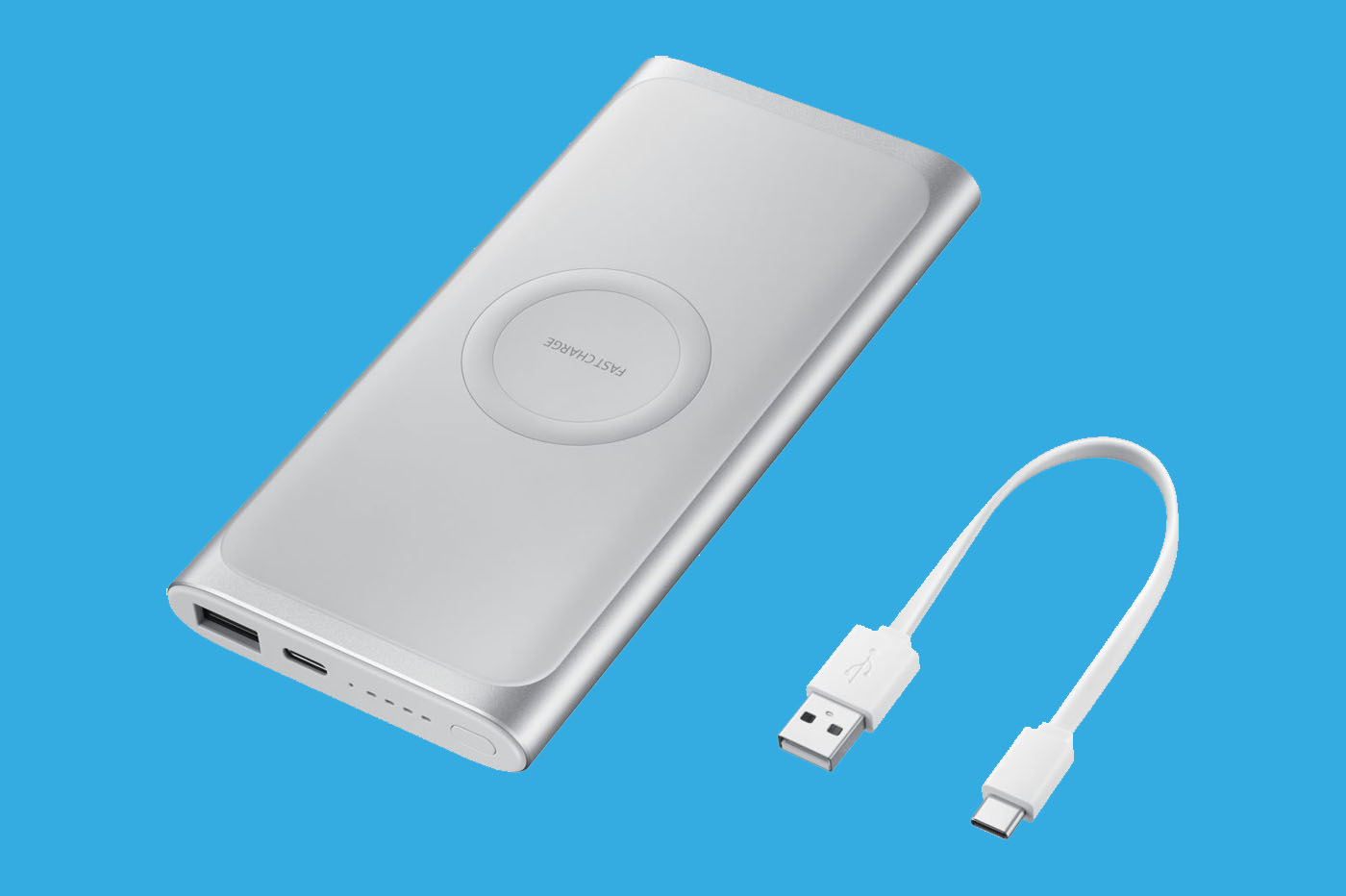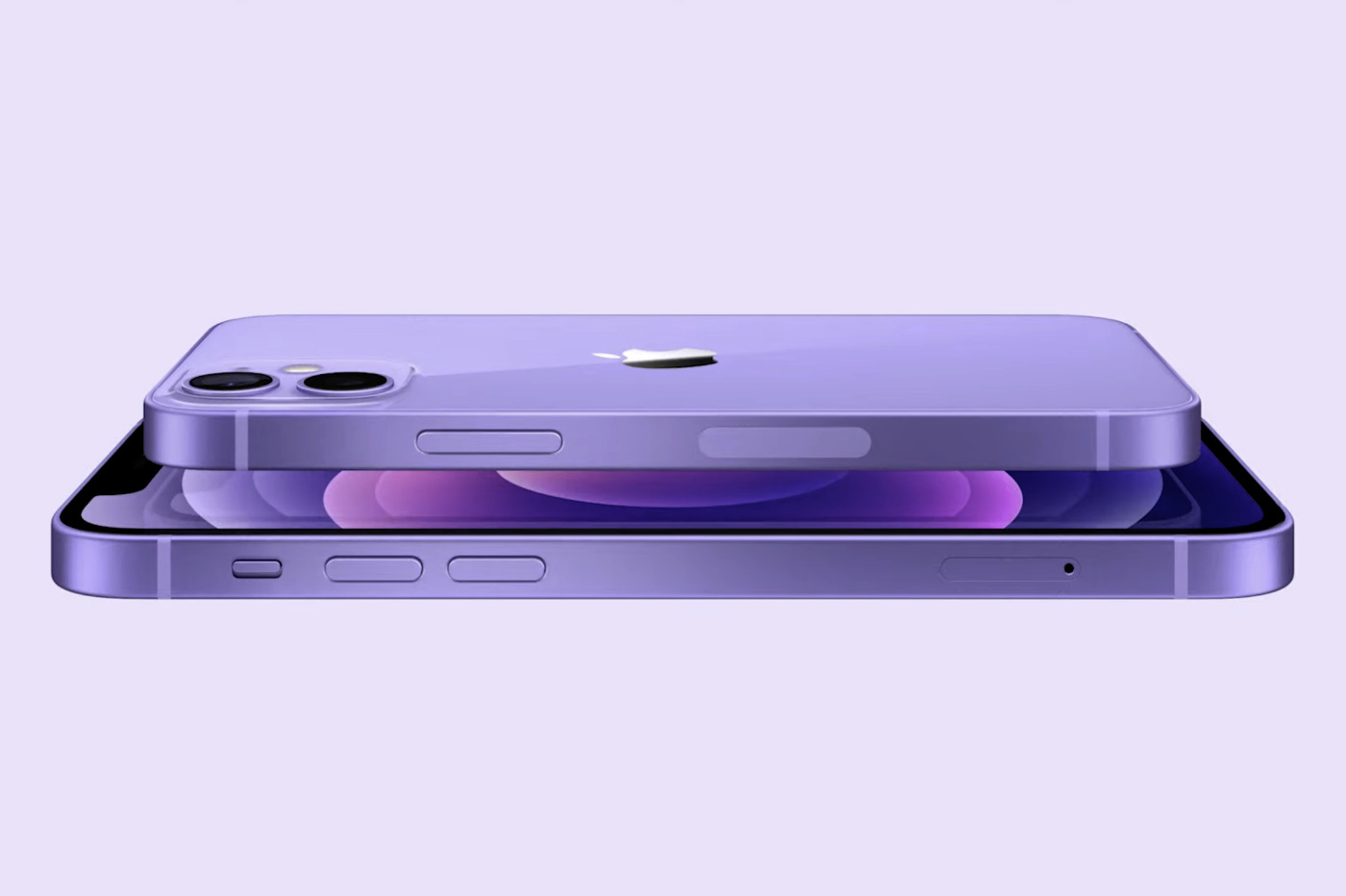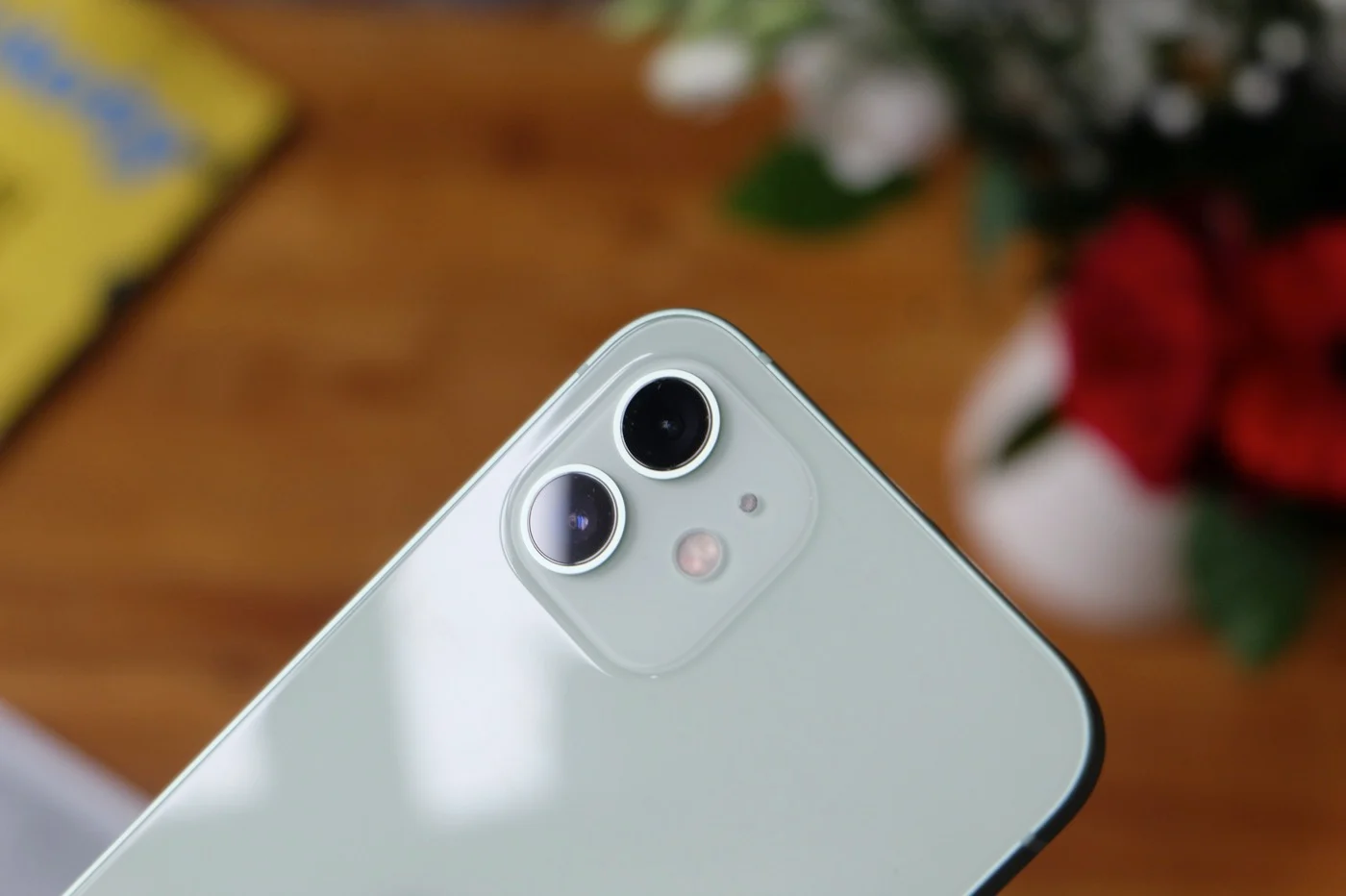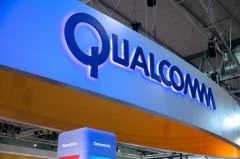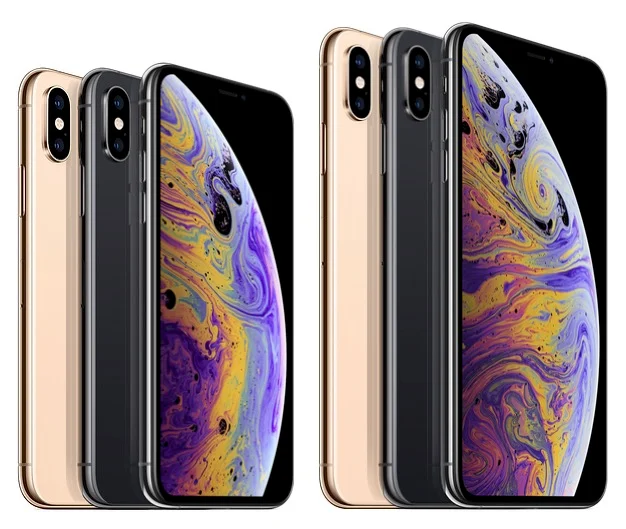The latest report fromStrategy Analyticson this subject explains that Apple would currently be the leading seller of 5G mobile phones in the world, with around 25% market share. The brand currently offers four devices with a compatible Qualcomm modem. This is theiPhone 13, iPhone 13 mini, iPhone 13 Pro and iPhone 13 Pro Max as well as iPhone 12 and iPhone 12 mini.
The iPhone 12 Pro and iPhone 12 Pro Max are also capable of connecting to 5G antennas, but they were removed from sale with the launch of their successors. As forl’iPhone SE, its second edition is content with 4Gbut the murmurs concerninga new version compatible with the 5G networkhave multiplied in recent weeks. See you in March or April, probably.
Xiaomi in a good position
On the second step of the podium, according to statistics fromStrategy Analyticswhich focus on the third quarter of 2021, we find the Chinese manufacturer Xiaomi. Among his most successful releases, we can notably cite theMi 11 Ultrawith 8 to 12 GB of RAM and a Snapdragon 888 chip engraved with a precision of five nanometers. The same as for thesystem in packageA15 Bionic of the iPhone 13 and its variations.
Samsung, third
Just behind Xiaomi, Samsung is also doing quite well but with almost half as much market share as Apple. On the other hand, it would be the manufacturer with one of thegrowthsthe strongest in the sector, Honor (194%!) and Motorola being the only two to do better.
TheGalaxy S21 Ultra 5Gis probably the most emblematic of the items currently offered by the South Korean, with its large 6.8-inch display (compared to 6.7 for the iPhone 13 Pro Max) and its 108 MPx camera (12 on iPhone 13 Pro).
5G at Apple in 2022
Beyond its iPhone SE 3, Apple is also expected to turn the corner by 5G subscribers between now and September when the firm should announce the iPhone 14 range.iPad Proof the sixth generation, too, could carry a transmitter of this type because the tablets are still satisfied with 4G. Finally,some rumors estimate that Cupertino is preparing to design its own chips under Qualcomm's nose and beard, in the same way that the silicon program said goodbye to Intel...

